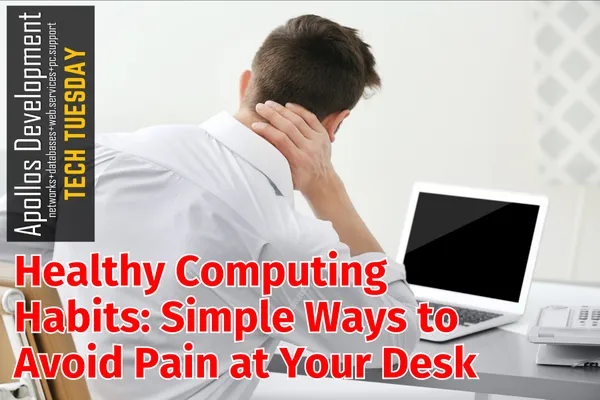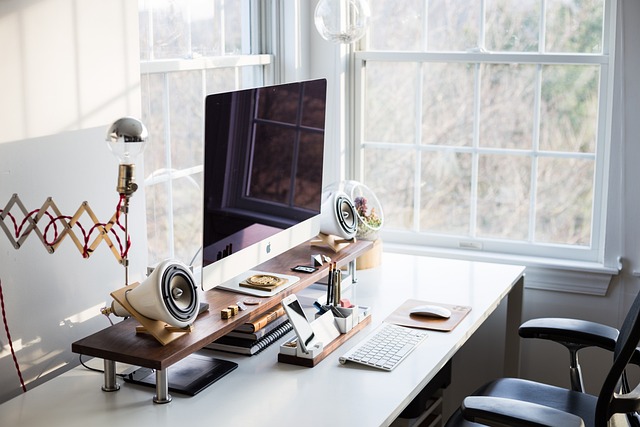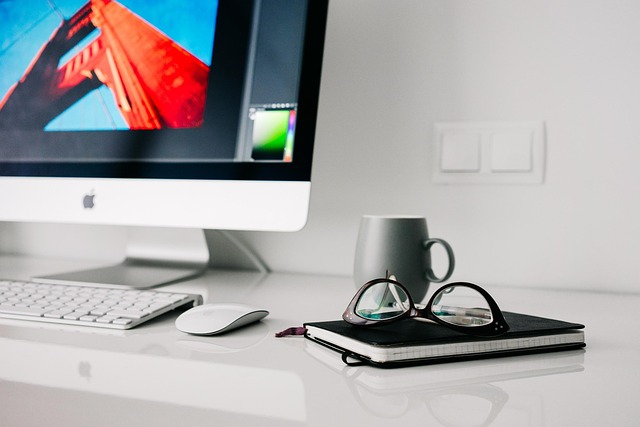
Healthy Computing Habits: Simple Ways to Avoid Pain at Your Desk
We spend a lot of time on our computers. Whether you’re working, gaming, or catching up on the news, sitting too long can cause eye strain (tired or burning eyes), stiff neck, and even carpal tunnel syndrome (a wrist problem caused by repeating the same movements). The good news? A few small changes can help you feel more relaxed while working and avoid those “pain in the neck” moments.
1. Give Your Eyes a Break
Staring at a screen for hours can make your eyes feel dry or sore. Try the 20-20-20 rule: every 20 minutes, look at something 20 feet away for at least 20 seconds. This gives your eyes a chance to reset.
2. Adjust Your Setup

Many aches come from poor desk setups. Keep your monitor about arm’s length away, and the top of the screen at or just below eye level. Your chair should support your lower back, and your feet should rest flat on the floor.
When your monitor is too low, you naturally tilt your head down, which pulls on your neck and shoulders. If it’s too high, you tilt your head back, which can cause headaches and back pain.
The sweet spot:
The top of the screen should be at or just below eye level.
You should be able to look straight ahead and see the top third of the screen without tilting your head.
If you use a laptop, consider a laptop stand (or even a stack of books) to raise the screen, and use an external keyboard/mouse.
💡 Quick Hack for Monitor Height
Here’s an easy way to find the right screen level: Sit at your desk with your hands on the keyboard, just like you normally work. Look straight ahead without tilting your head up or down. Notice where your eyes naturally land.
Now, adjust your monitor so that your eyes line up with an imaginary line about one-third to halfway down the screen. This keeps your neck in a neutral, relaxed position.
Don’t have a monitor stand? No problem. You can use a stack of books, a thick catalog, or even a few reams of printer paper to raise your screen to the right height.
3. Watch Out for Blue Light and Glare
Blue light is the high-energy light that screens give off. Too much exposure can make it harder to sleep. Consider using blue light glasses or turning on your device’s “night mode.” Also, reduce glare (reflections of light on your screen) by positioning your monitor away from bright windows or overhead lights.

4. Stretch and Move
Sitting still for too long is tough on your muscles. Every half hour, roll your shoulders, stretch your arms, or simply stand up and walk around for a minute. It doesn’t have to be a workout — just enough to keep your blood flowing.
5. Know When to Get Help
If you often feel pain, numbness, or tingling, it’s worth checking with a doctor. And if you’re having trouble setting up your computer workspace the right way, that’s where we come in. At Apollos Development, we help small businesses and everyday computer users set up technology that works for them — not against them.
Visit us here if you’d like advice on making your setup more comfortable and efficient.

